Home>Home Maintenance>Simple Home Repairs To Do At Home When Snowed In
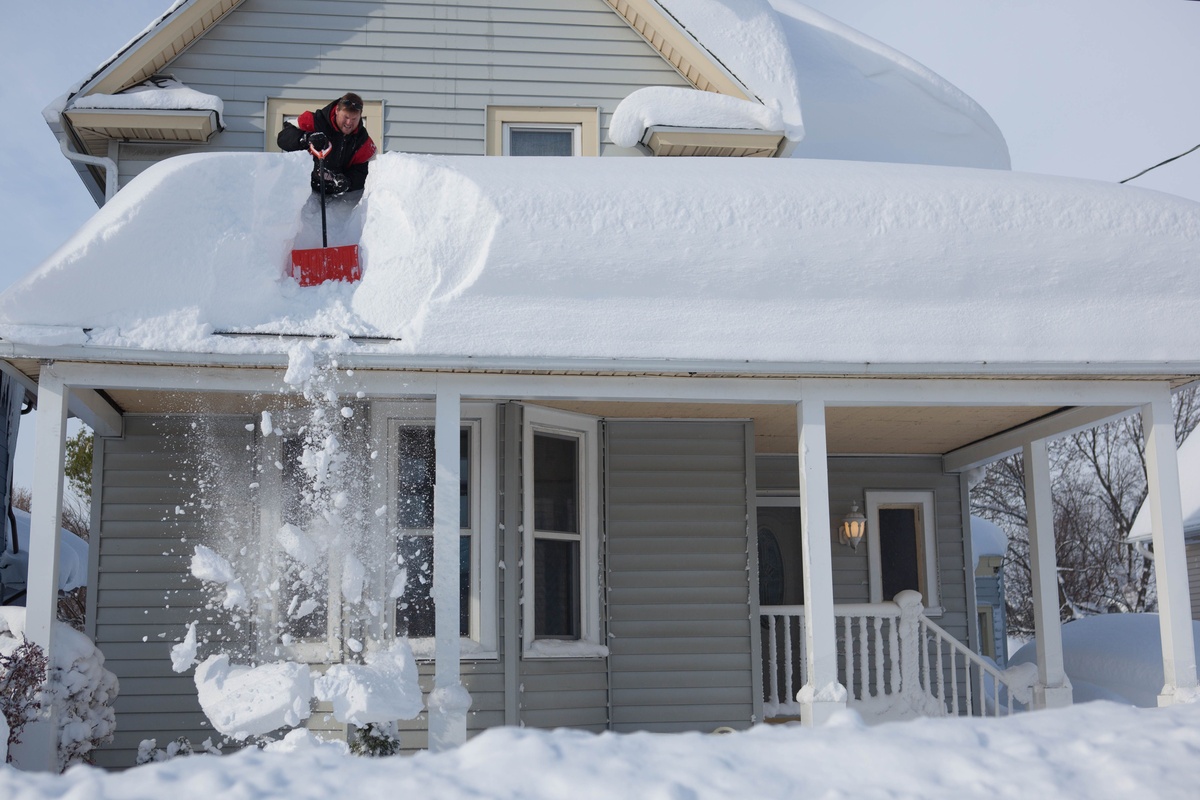

Home Maintenance
Simple Home Repairs To Do At Home When Snowed In
Modified: April 22, 2024
Looking for simple home maintenance tasks to tackle when snowed in? Discover easy and effective repairs you can do at home to keep your house in tip-top shape during winter.
(Many of the links in this article redirect to a specific reviewed product. Your purchase of these products through affiliate links helps to generate commission for Storables.com, at no extra cost. Learn more)
Introduction
When snowed in and unable to venture outside, it’s the perfect time to tackle those home repairs you’ve been putting off. Not only will you be productive, but you’ll also save time and money by fixing small issues before they become major problems. Plus, taking care of these simple repairs yourself can give you a sense of accomplishment and make your home feel more comfortable and well-maintained.
To get started, you’ll need a few basic tools that every homeowner should have on hand. These include a screwdriver set, a hammer, an adjustable wrench, pliers, a utility knife, a tape measure, a level, and a stud finder. With these tools at the ready, you’ll be prepared for a variety of home repair tasks.
Now, let’s explore some of the common home repairs that you can easily tackle when snowed in, helping to improve the functionality and appearance of your home.
Key Takeaways:
- Don’t let snow days go to waste! Tackle simple home repairs like sealing windows and fixing leaks to save money and feel accomplished.
- With basic tools and a little know-how, you can easily handle tasks like unclogging drains and replacing light bulbs for a more comfortable home.
Read more: How To Store Simple Syrup
Basic Tools Required
Before you begin any home repair project, it’s essential to have the right tools on hand. Here are some basic tools that you should have in your toolbox:
- Screwdriver set: A set of screwdrivers with both flathead and Phillips head tips will come in handy for many repairs around the house.
- Hammer: Whether you need to hang a picture or fix a loose nail, a hammer is a fundamental tool for any homeowner.
- Adjustable wrench: This versatile tool allows you to tighten or loosen nuts and bolts of various sizes.
- Pliers: Pliers are useful for gripping, bending, and cutting wires, as well as handling small objects that are difficult to grasp with your hands.
- Utility knife: A sharp utility knife is essential for cutting materials such as drywall, carpet, and packaging.
- Tape measure: Accurate measurements are crucial for many home repairs, so make sure you have a reliable tape measure on hand.
- Level: To ensure that shelves, artwork, and other items are straight and level, a bubble level is a must-have tool.
- Stud finder: When hanging heavy objects or installing wall-mounted fixtures, a stud finder helps you locate the support beams behind the wall.
Having these tools readily available will make it easier for you to tackle a wide range of home repair tasks efficiently and effectively.
Checking for Drafts and Sealing Windows
Drafty windows not only make your home less comfortable, but they can also cause your energy bills to skyrocket. Fortunately, identifying and sealing drafts is a relatively simple home repair that you can do yourself.
To check for drafts, start by running your hand around the edges of your windows and feeling for any cold air coming through. Another method is to hold a lit candle near the window frame and observe if the flame flickers, indicating the presence of a draft.
If you discover a draft, there are several ways you can seal your windows:
- Weatherstripping: Weatherstripping is an effective way to seal gaps around windows. Apply adhesive-backed foam or rubber weatherstripping to the window frame to create a tight seal.
- Caulking: Use a caulk gun and silicone or acrylic latex caulk to seal any gaps or cracks between the window frame and the surrounding wall. Smooth the caulk with a putty knife for a clean finish.
- Draft stoppers: For windows that are prone to drafts, consider using draft stoppers or door sweeps. These can be attached to the bottom of the window to prevent cold air from entering.
By sealing your windows, you’ll not only improve energy efficiency and reduce drafts but also increase the overall comfort of your home. It’s a simple repair that can have a significant impact.
Fixing a Leaking Faucet
A leaking faucet is not only annoying but can also lead to wasted water and increased utility bills. Luckily, fixing a leaking faucet is a relatively straightforward home repair that you can tackle yourself.
The first step in fixing a leaking faucet is to determine the source of the leak. In most cases, it’s either a problem with the faucet’s washer, O-ring, or cartridge.
To fix a leaking faucet, follow these steps:
- Turn off the water supply to the faucet by closing the shut-off valves under the sink.
- Remove the faucet handle by locating the screw or decorative cap on the top or side of the handle. Unscrew or pry off the cap and use a screwdriver to remove the handle.
- Inspect the washer, O-ring, or cartridge for any signs of damage or wear. If necessary, replace them with new ones that are compatible with your faucet model.
- Reassemble the faucet by following the reverse order of the disassembly process. Make sure all components are properly tightened.
- Turn on the water supply and test the faucet for any leaks. If the leak persists, you may need to call a professional plumber to assess the issue further.
Remember to turn off the water supply before attempting any repairs to prevent any further water damage. Consult your faucet’s manufacturer’s guide or seek online resources for specific instructions based on your faucet type.
By fixing a leaking faucet promptly, you’ll not only save water but also prevent potential water damage and reduce your water bill.
Repairing a Running Toilet
A running toilet can waste a significant amount of water and can be a frustrating problem to deal with. However, repairing a running toilet is a simple home repair that you can easily accomplish on your own.
Here’s a step-by-step guide to fixing a running toilet:
- Open the toilet tank lid and inspect the components inside.
- Check the flapper valve, which is located at the bottom of the tank. If it is not sealing properly, it can cause water to continuously flow into the toilet bowl. Adjust the chain or replace the flapper if necessary.
- Inspect the fill valve, which controls the water level in the tank. Ensure that the float is not sticking or obstructed and that the valve is functioning properly.
- If the fill valve is faulty, you may need to replace it. Turn off the water supply to the toilet and drain the tank before disconnecting the old fill valve and installing a new one.
- Inspect the flush valve, located at the center of the toilet tank, for any buildup or debris that may be preventing it from properly sealing. Clean or replace the flush valve if necessary.
- Once you’ve made all the necessary repairs or replacements, reassemble the toilet tank and turn on the water supply.
- Test the toilet by flushing it and ensure that it no longer runs after flushing.
Remember to exercise caution when working with the toilet’s components and to turn off the water supply before making any repairs. If you’re unsure of how to proceed or if the problem persists, it’s best to consult a professional plumber.
By repairing a running toilet, you’ll not only save water but also reduce your water bill and prevent any potential water damage to your bathroom.
Read more: How Do You Know When Calipers Are Bad
Patching Small Holes in Walls
Small holes in walls can be unsightly and make your home look unkempt. Luckily, patching these holes is a relatively simple home repair that can be done with just a few tools and materials.
Here’s a step-by-step guide to patching small holes in walls:
- Clean the area around the hole by removing any loose debris or paint using a putty knife or sandpaper.
- Apply a small amount of spackling compound to the putty knife and fill the hole, ensuring it is level with the surrounding wall surface. Smooth out the compound for a seamless finish.
- Allow the spackling compound to dry completely, following the manufacturer’s instructions.
- Once the compound is dry, lightly sand the patched area to achieve a smooth surface.
- Wipe away any dust or debris using a damp cloth.
- Apply a primer to the patched area to ensure proper adhesion of the paint.
- Using a paintbrush or roller, apply paint that matches the color of the surrounding wall to the patched area. Allow it to dry completely.
- Inspect the patched area to ensure that it blends in seamlessly with the rest of the wall. If needed, touch up the paint to achieve a uniform appearance.
For larger holes, you may need to use a patching kit that includes a mesh patch or drywall repair compound. Follow the instructions provided with the kit to achieve the best results.
Patching small holes in walls is a cost-effective way to improve the appearance of your home. With a little patience and attention to detail, you can achieve professional-looking results.
One simple home repair to do when snowed in is to check and clean your gutters to prevent ice dams and water damage. Use a ladder and gloves to remove debris and ensure proper drainage.
Unclogging Drains
A clogged drain is a common household problem that can disrupt your daily routine. Fortunately, you don’t always need to call a plumber to unclog a drain. With a few simple tools and techniques, you can clear most minor drain blockages yourself.
Here’s a step-by-step guide to unclogging drains:
- Start by removing any visible debris or hair from the drain opening using a pair of gloves or tweezers.
- Pour boiling water down the drain to help dissolve any grease or soap residue that may be causing the clog.
- If the clog persists, use a plunger to create a strong suction. Place the plunger over the drain and firmly push up and down to dislodge the blockage. Repeat this several times if necessary.
- If the plunger doesn’t work, try using a drain snake or auger. Insert the snake into the drain and rotate the handle to dislodge the clog. Slowly pull out the snake to remove the debris.
- For persistent clogs, mix together equal parts baking soda and vinegar in a bowl. Pour the mixture down the drain and let it sit for about 30 minutes. Follow it up with boiling water to flush away the resulting foam.
- For stubborn clogs, you may need to use a chemical drain cleaner. Carefully follow the manufacturer’s instructions, as these cleaners can be harsh and may require protective gear.
- After unclogging the drain, run hot water to flush away any remaining debris and ensure that the drain is flowing freely.
It’s important to be cautious when using chemicals or using a drain snake, as they can cause damage if not used correctly. If you’re unsure about the best approach or if the clog persists, consult a professional plumber.
By unclogging drains promptly, you can prevent water backups, foul odors, and potential damage to your plumbing system.
Replacing a Light Bulb
When a light bulb burns out, it’s a straightforward home repair that you can easily do yourself. Replacing a light bulb doesn’t require any special tools or skills, making it a task that anyone can handle.
Here’s a step-by-step guide to replacing a light bulb:
- Ensure that the power to the light fixture is turned off. If the light switch is already in the off position, you can proceed to the next step. If not, flip the switch to turn off the power.
- Allow the burned-out bulb to cool down if it was recently in use. Trying to remove a hot bulb can be dangerous and may cause burns.
- Gently unscrew the old light bulb in a counterclockwise direction. If the bulb is stuck, try using a cloth or towel for better grip to unscrew it.
- Dispose of the old bulb properly. Wrap it in a paper towel or place it in a plastic bag before discarding it. Some communities have specific guidelines for disposing of light bulbs, so be sure to check your local regulations.
- Inspect the light socket to ensure it is clean and free from debris. If necessary, use a dry cloth or a small brush to clean the socket.
- Take the new light bulb and gently screw it into the socket in a clockwise direction. Ensure that it is securely tightened, but be careful not to overtighten it, as this may cause damage.
- Turn on the power to the light fixture by flipping the switch. If the new bulb is functioning properly, the light should turn on.
When choosing a replacement bulb, make sure it is the appropriate type and wattage for your light fixture. Consult the manufacturer’s guidelines or check the label on the fixture to determine the correct specifications.
By replacing a light bulb promptly, you can maintain a well-lit and inviting space in your home.
Fixing a Squeaky Door
A squeaky door can be an irritating nuisance, but fortunately, it’s a simple home repair that you can easily take care of yourself. Fixing a squeaky door not only eliminates the annoying noise but also ensures smooth and effortless operation.
Here’s a step-by-step guide to fixing a squeaky door:
- Identify the source of the squeak by opening and closing the door slowly. Pay attention to the hinges and areas where the door comes into contact with the frame.
- If the hinges are causing the squeak, start by removing the hinge pin. You can do this by inserting a flathead screwdriver under the pin head and gently tapping it with a hammer. Once the pin is partially out, use your fingers or pliers to remove it completely.
- Inspect the hinge pins for signs of rust or corrosion. Clean them using a wire brush or sandpaper to remove any buildup. Apply a small amount of lubricant, such as petroleum jelly or a silicone-based lubricant, to the pins.
- Examine the hinge plates and screws for any looseness. Tighten any loose screws using a screwdriver or replace them if necessary. You can also try using a longer screw that reaches deeper into the frame for added stability.
- If the squeak persists, apply a lubricant to the hinge knuckles or pivot points. You can use a spray lubricant or even household items like cooking oil or WD-40. Apply a small amount and work the hinges back and forth to distribute the lubricant.
- If the door is rubbing against the frame, use a sanding block or sandpaper to gently sand the area where they come into contact. This will create a smoother surface and reduce friction.
- Once you’ve addressed the squeak, test the door by opening and closing it several times to ensure that it operates smoothly and silently.
If you’ve tried these steps and the door continues to squeak, there may be underlying issues, such as worn-out hinges or misalignment. In such cases, it may be best to consult a professional handyman or contractor for further assistance.
Fixing a squeaky door is a quick and easy repair that can greatly improve the functionality and peace of mind in your home.
Read more: What Does A Snow Fence Do
Repairing Loose Cabinet Handles
Loose cabinet handles can not only be frustrating but also affect the aesthetic appeal of your cabinets. However, repairing loose cabinet handles is a simple home repair task that you can easily do yourself with just a few basic tools.
Here’s a step-by-step guide to repairing loose cabinet handles:
- Start by examining the handle and determining the cause of the looseness. In most cases, it’s due to loose screws or worn-out mounting hardware.
- If the screws are loose, use a screwdriver to tighten them. If necessary, remove the screws completely and apply a small amount of wood glue into the screw holes. Then, reinsert the screws and tighten them securely.
- If the holes in the cabinet or the handle have become enlarged due to repeated use, you can use toothpicks or wooden dowels to create a tighter fit. Remove the handle and fill the existing holes with toothpicks or wooden dowels dipped in wood glue. Trim off the excess and allow the glue to dry. Then, reinstall the handle and tighten the screws.
- If the mounting hardware is worn out or damaged, you may need to replace it. Remove the handle and take it to a hardware store to find a matching replacement. Install the new mounting hardware according to the manufacturer’s instructions and secure the handle in place.
- Test the handle by gently pulling and tugging on it to ensure that it is now securely fastened. If there is no more looseness or wobbling, your repair is complete.
If you have multiple loose cabinet handles, it’s a good idea to check and repair each one to prevent future issues. Regular maintenance and tightening of screws can help prolong the lifespan of your cabinet handles.
By repairing loose cabinet handles promptly, you can improve the functionality and appearance of your cabinets, giving them a more polished and well-maintained look.
Replacing a Broken Tile
A broken tile can be an eyesore in your home, but luckily, replacing it is a home repair task that you can tackle on your own. With a few tools and materials, you can replace a broken tile and restore the beauty of your tiled surface.
Here’s a step-by-step guide to replacing a broken tile:
- Start by ensuring you have a replacement tile that matches the size, shape, and color of the broken tile. You can often find matching tiles at home improvement stores or through the tile’s manufacturer.
- Protect your hands by wearing safety gloves. Then, carefully remove any grout surrounding the broken tile using a grout saw or a rotary tool with a grout removal bit. This will expose the edges of the broken tile.
- Using a chisel or a hammer, gently break the tile into smaller pieces. Be careful not to damage the surrounding tiles. Remove the broken tile pieces and clean the area to ensure there is no debris left behind.
- Prepare the replacement tile by applying adhesive or thin-set mortar to the back of the tile, ensuring the entire back surface is covered. This will ensure a secure bond between the tile and the surface.
- Press the replacement tile firmly into the empty space, aligning it with the surrounding tiles. Use tile spacers to ensure even spacing between the tiles, if necessary.
- Allow the adhesive or mortar to dry completely, following the manufacturer’s instructions. This can take anywhere from a few hours to a day or more.
- Once the adhesive or mortar is dry, remove the tile spacers if you used them. Then, mix grout according to the manufacturer’s instructions and apply it to the gaps between the tiles, using a grout float. Ensure that the grout fills all the gaps completely.
- Use a damp sponge or cloth to wipe away excess grout from the tile surface. Rinse the sponge frequently to achieve a clean and smooth finish.
- Allow the grout to dry for the recommended time, usually 24 to 48 hours. Then, use a dry cloth to polish the tiles and remove any grout haze.
Replacing a broken tile not only restores the appearance of your tiled surface but also helps maintain its integrity and prevent further damage. With a little practice and patience, you can successfully complete this home repair project on your own.
Conclusion
Taking care of home repairs can feel like a daunting task, but it doesn’t have to be. With the right knowledge and tools, you can tackle simple repairs and maintenance tasks yourself, saving time and money in the process. Whether you’re snowed in or just looking to improve your home’s functionality and appearance, there are plenty of home repairs you can easily handle.
In this article, we covered a range of common home repairs, including checking for drafts and sealing windows, fixing a leaking faucet, repairing a running toilet, patching small holes in walls, unclogging drains, replacing a light bulb, fixing a squeaky door, repairing loose cabinet handles, and replacing a broken tile. Each of these repairs can make a significant difference in the comfort and functionality of your home.
Remember, it’s essential to approach home repairs with care and safety in mind. Always follow manufacturer’s instructions, take necessary precautions, and seek professional help when needed. Additionally, be sure to choose the right tools and materials for each specific repair to ensure a successful outcome.
By taking the initiative to tackle home repairs yourself, you not only gain valuable skills but also develop a sense of confidence and accomplishment. Plus, with the money saved on professional services, you can invest in other home improvement projects or simply enjoy the satisfaction of a well-maintained home.
So, the next time you find yourself snowed in or in need of some home maintenance, refer back to this article, grab your tools, and take on those simple repairs. Your home will thank you for it!
Frequently Asked Questions about Simple Home Repairs To Do At Home When Snowed In
Was this page helpful?
At Storables.com, we guarantee accurate and reliable information. Our content, validated by Expert Board Contributors, is crafted following stringent Editorial Policies. We're committed to providing you with well-researched, expert-backed insights for all your informational needs.
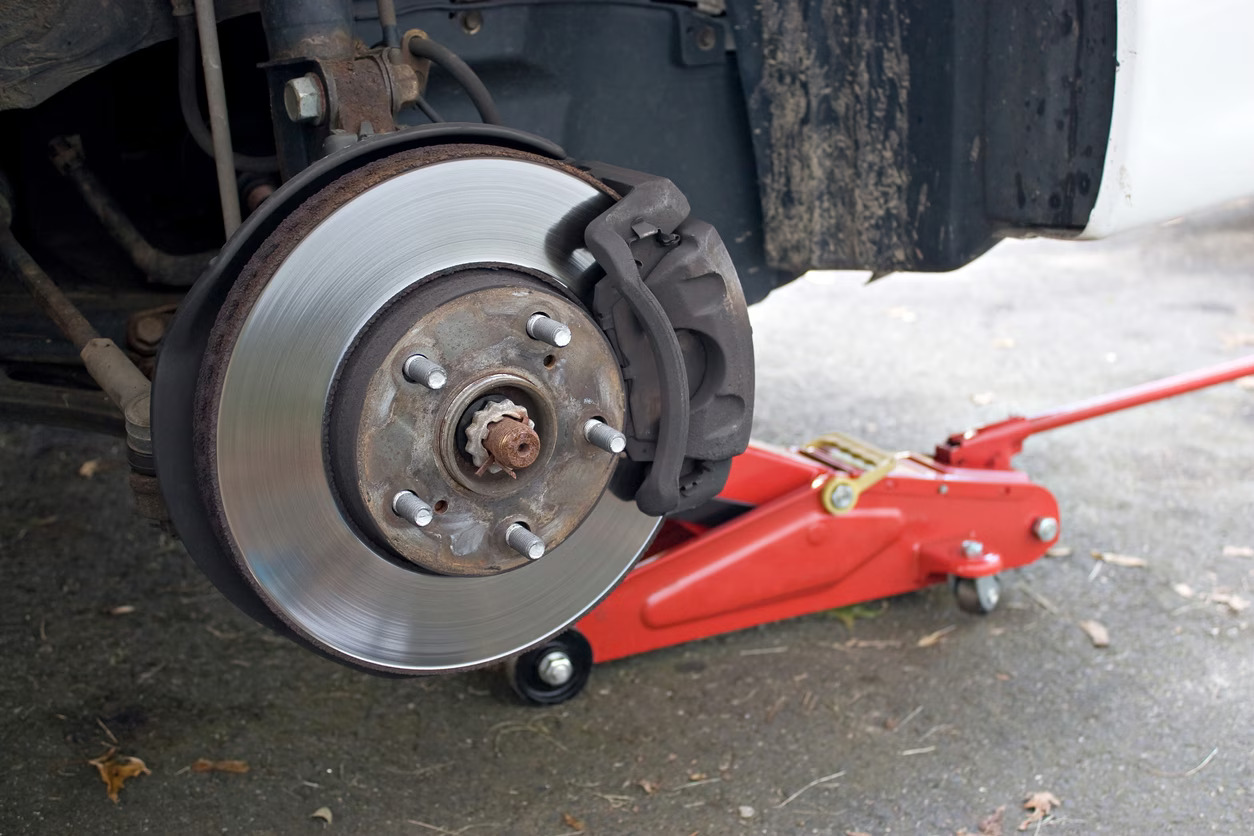
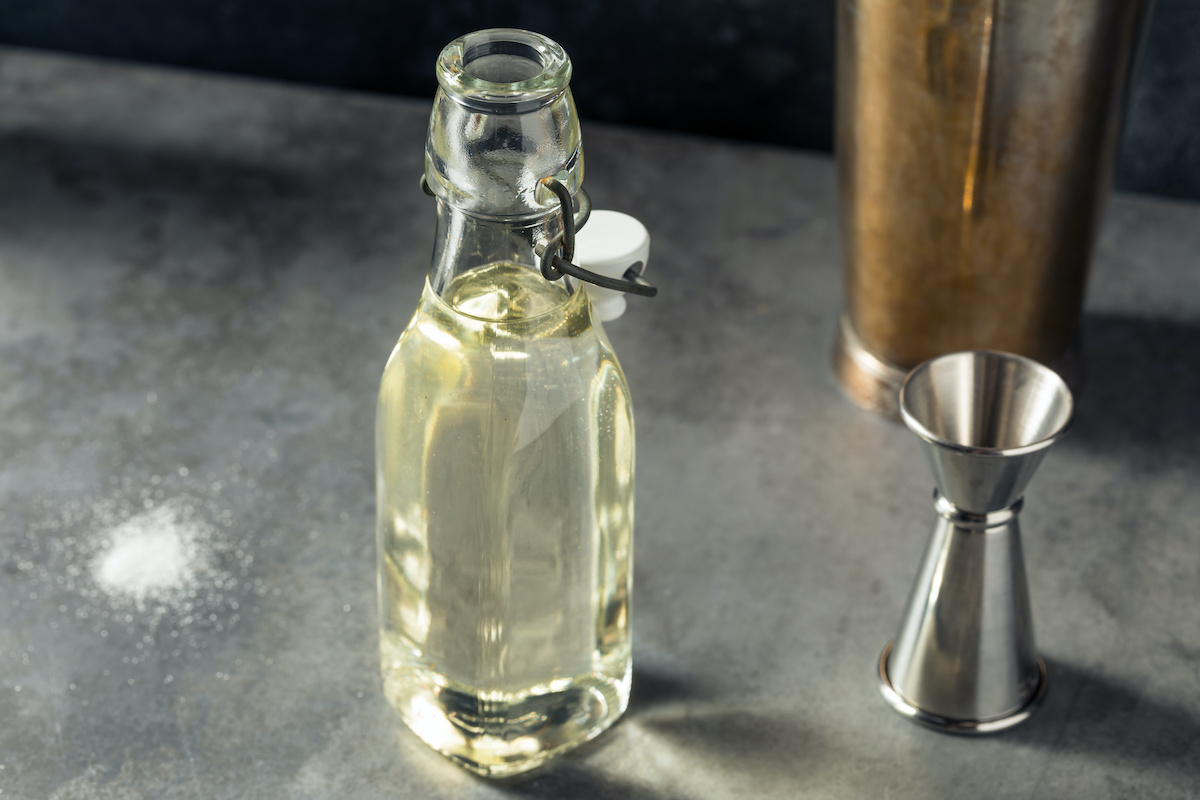



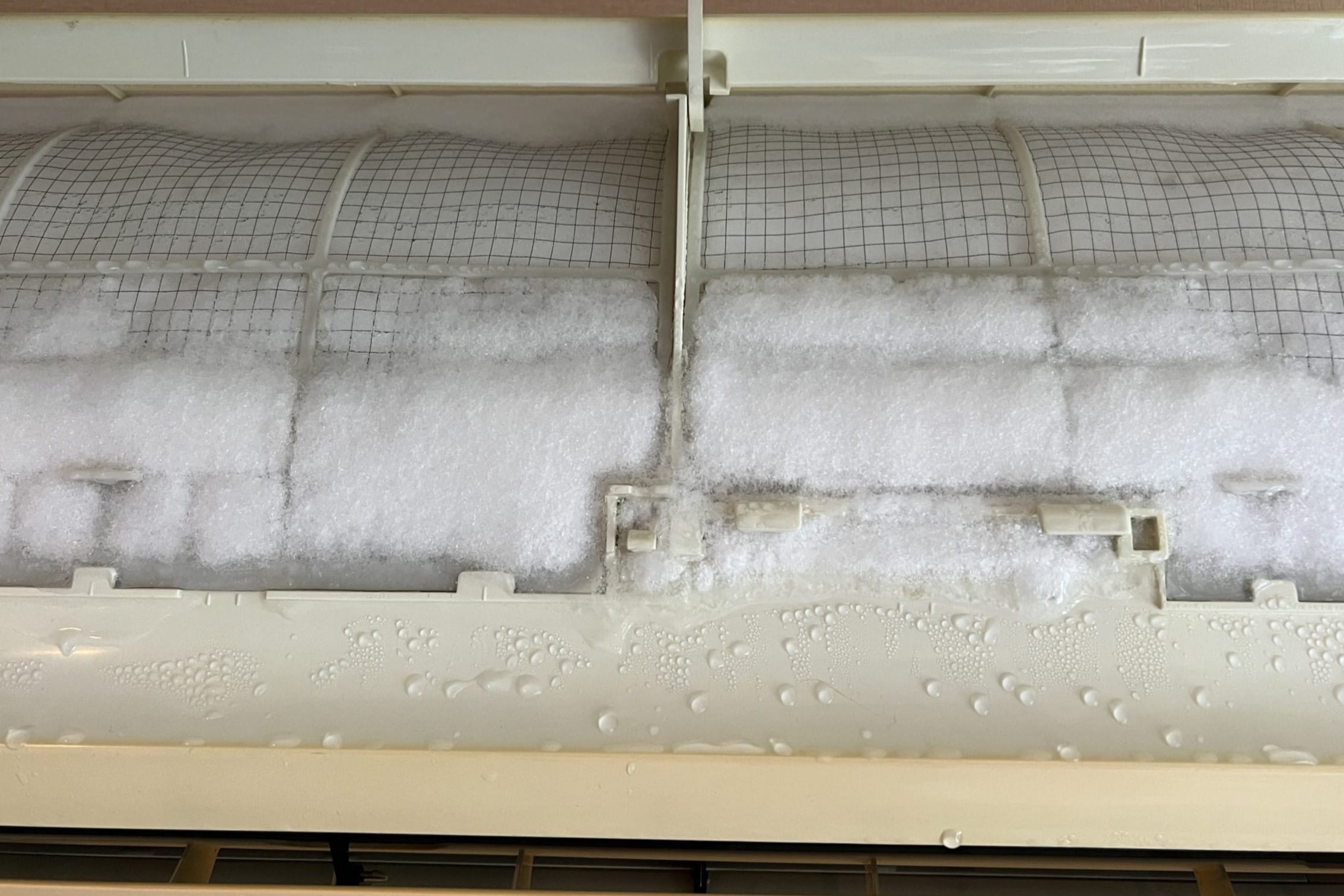

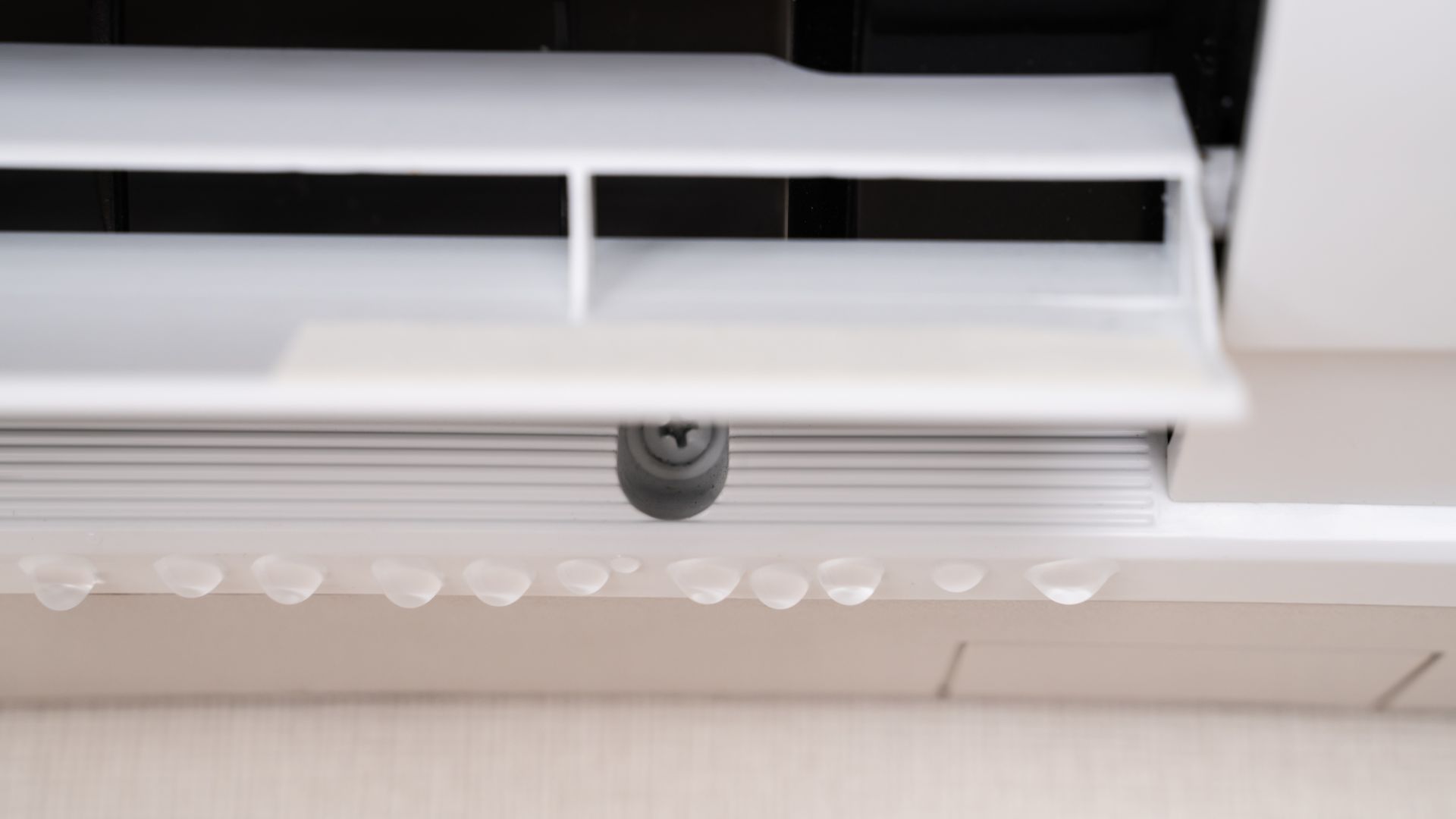

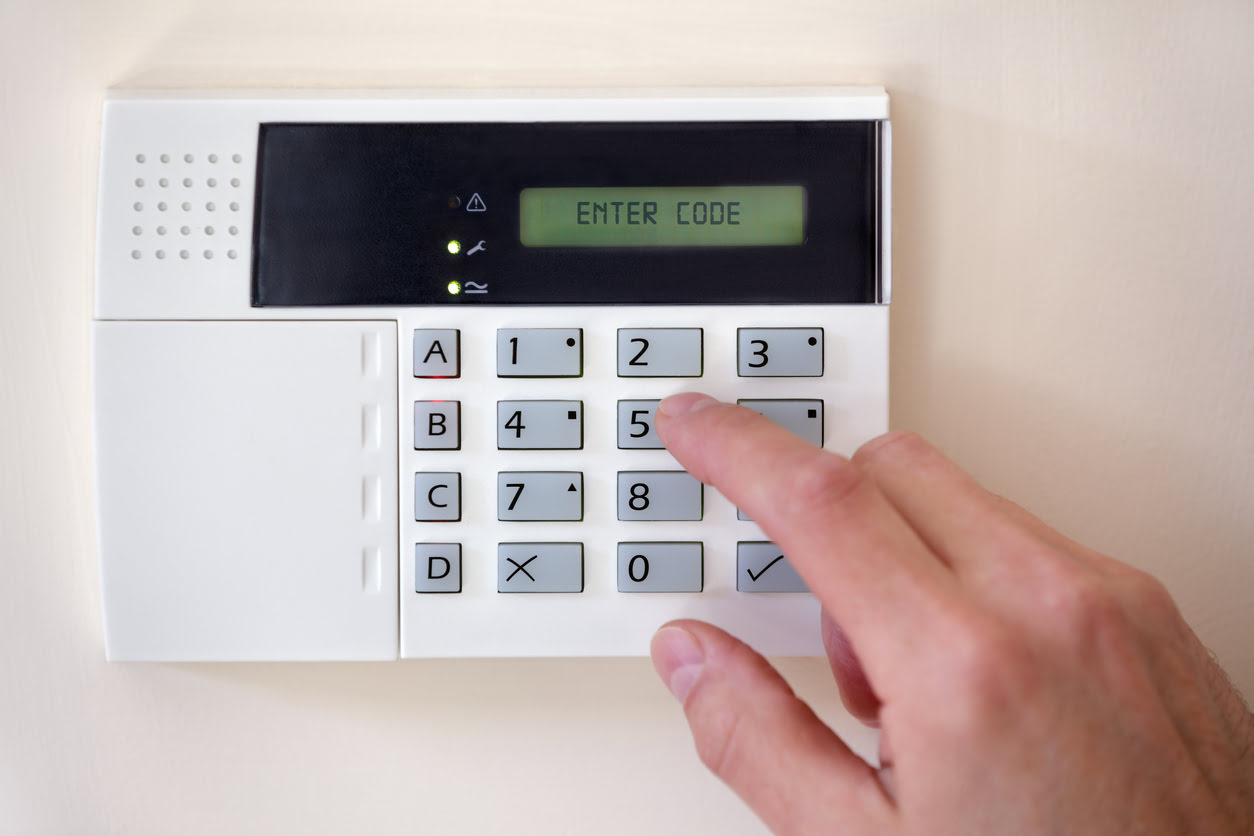




0 thoughts on “Simple Home Repairs To Do At Home When Snowed In”